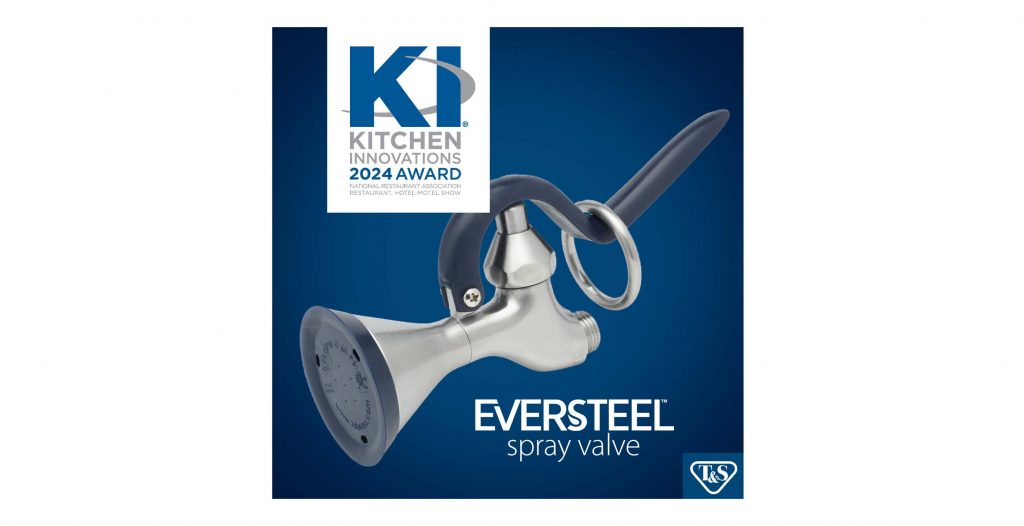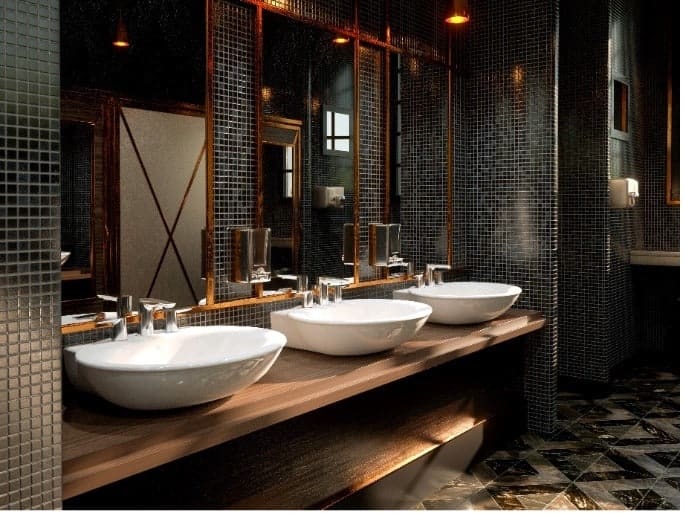Asked to execute a new restaurant concept, foodservice consultants tend to put environment ahead of emotion. The practicalities of work flow, staff productivity, air handling and maintainable decor take precedence over the less easily-measured demands of how diners feel, consciously and sub-consciously, about the meal experience. Alan Yau provided intriguingly alternative insights into foodservice design during a rare appearance at the European Food Service Summit, an influential conference and think-tank in Zurich, Switzerland, which attracted 250 senior industry figures from 30 countries.
Over the past two decades, Hong Kong-born Yau has been notoriously reticent about flaunting an industry profile, but his breadth of concept development is remarkable. His roots were ordinary enough, his family’s Chinese takeaway in Hull, northern England, followed by franchise training at McDonald’s Hong Kong. His breakthrough came with the internationally successful Asian-inspired noodle canteen chain Wagamama (now with 90 outlets in 16 countries). This was followed by Busaba (a Thai equivalent, with 30 branches expected to be trading globally this year), the Michelin-starred fine-dining Chinese restaurant Hakkasan and the Yauatcha dim sum restaurant/French-Asian patisserie-teahouse.
He has also been involved with the London branch of Princi, a wildly inspirational if somewhat chaotic Italian “bakery boutique” and the Namayaa oriental all-day cafe, which opened in December 2012 in London’s Islington. In developing and executing several projects, Yau has had very able design input from leading UK FCSI consultant Ken Winch of SeftonHornWinch.
Responding to the conference theme of “Ideas. Visions. Creativity”, Yau defined his approach to foodservice as “Emotional Architecture”, the engineering of a building space to an atmospheric, multi-sensory specification rather than simply matching a defined marketing need and the physical dictates of customer throughput and kitchen output. “It’s about touching the soul of the place, about the process of making a house a home,” Yau said. “It’s really about the feel of a space rather than its aesthetics, function or form.”
In many cases, Yau applied oriental philosophies and terms, such as Wabi-Sabi, a comprehensive Japanese aesthetic recognising beauty but also acknowledging it as an imperfect, impermanent, and incomplete process. Hence the parallel consideration of Kaizen, the continuous improvement of processes in manufacturing, engineering and business management, as well as the application of ancient practices like Feng Shui and Yin and Yang Theory.
One particularly effective “spatial metaphor” was an elevated U layout, which put diners at the heart of the constant movement of waiting staff and kitchen activity, itself in full view of the restaurant floor. Yau worked with the idea of the drama of the dining experience, and in this case staff and equipment became supporting players. In one project described in Yau’s Zurich presentation, a large wood-fired duck roasting oven occupied a strategic location within the U.
But Yau also obsessed about practical details. Drawing inspiration from an eclectic range of inspirations including Harry’s Bar in Venice, Yau indicated key choices on several critical design details, including:
– the shape of tables (notably the importance of the “golden rectangle” ratio of 1 to 1.618)
– seat and table heights (380mm and 680mm respectively)
– the rating and positioning of lights (Osram 50 watt Halospot halogen, set at 8 degrees, preferred)
– optimal circulation channels (350-800mm)
He also considered subliminal but crucial elements in the expression and communication of brand personality, such as logo typography, and unseen components of the restaurant experience, such as the olefactory essences of lemon grass incense which served as a “brand scent” at Busaba. Sound also played its part, as with corporate anthems like Ninna Nanna by Pink Martini, as favoured by Princi bakery.




